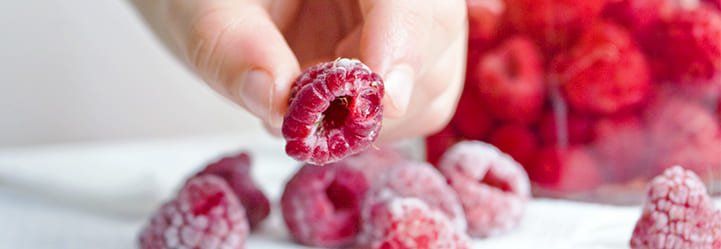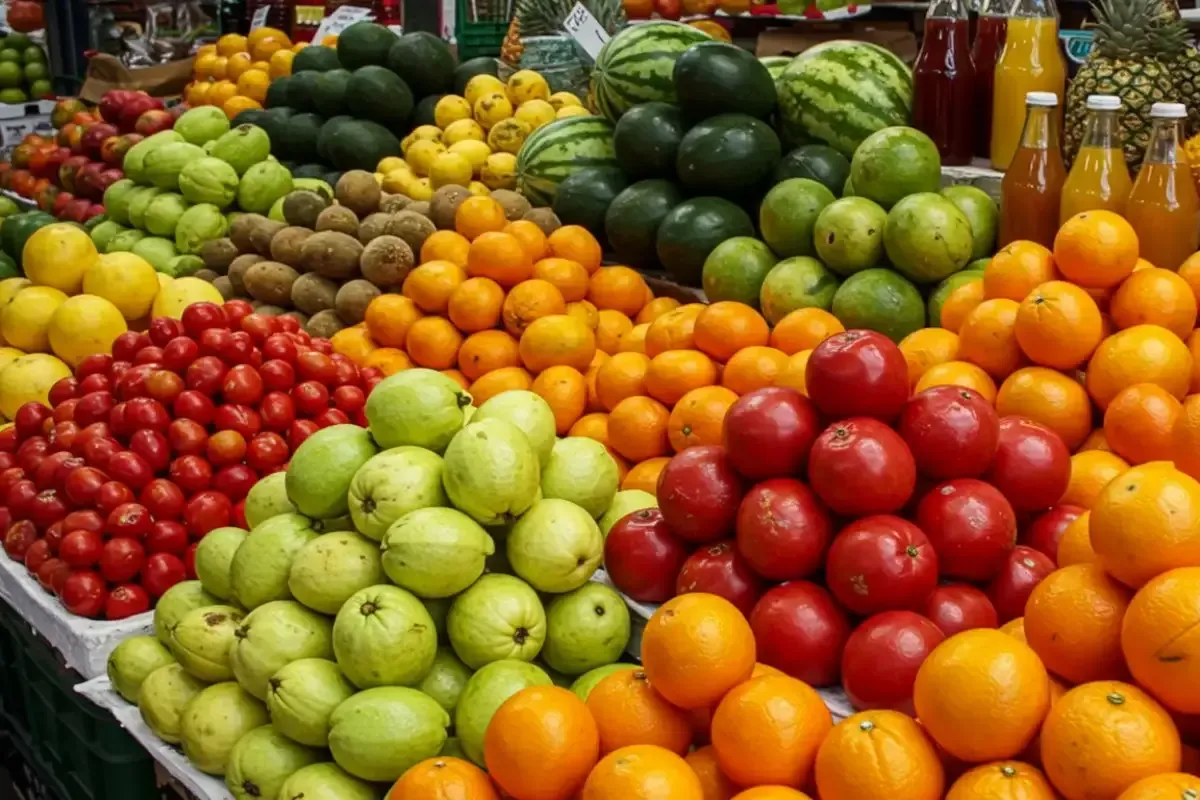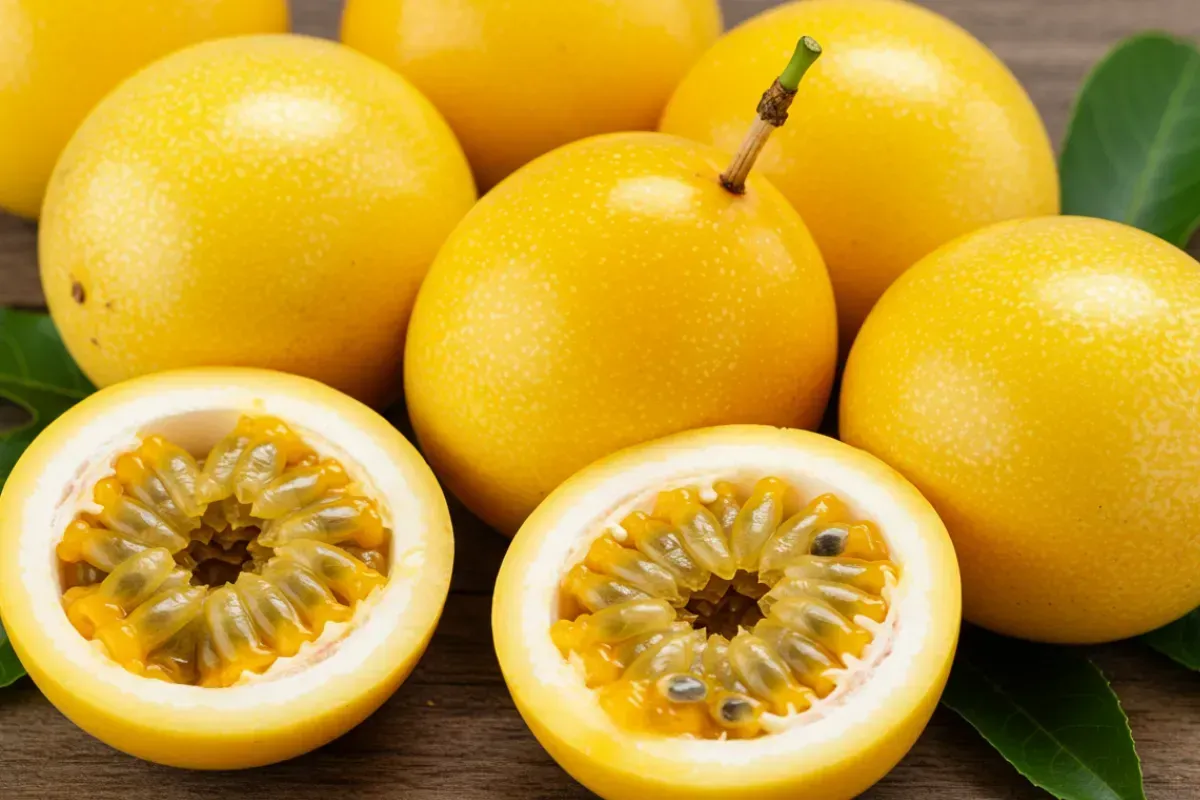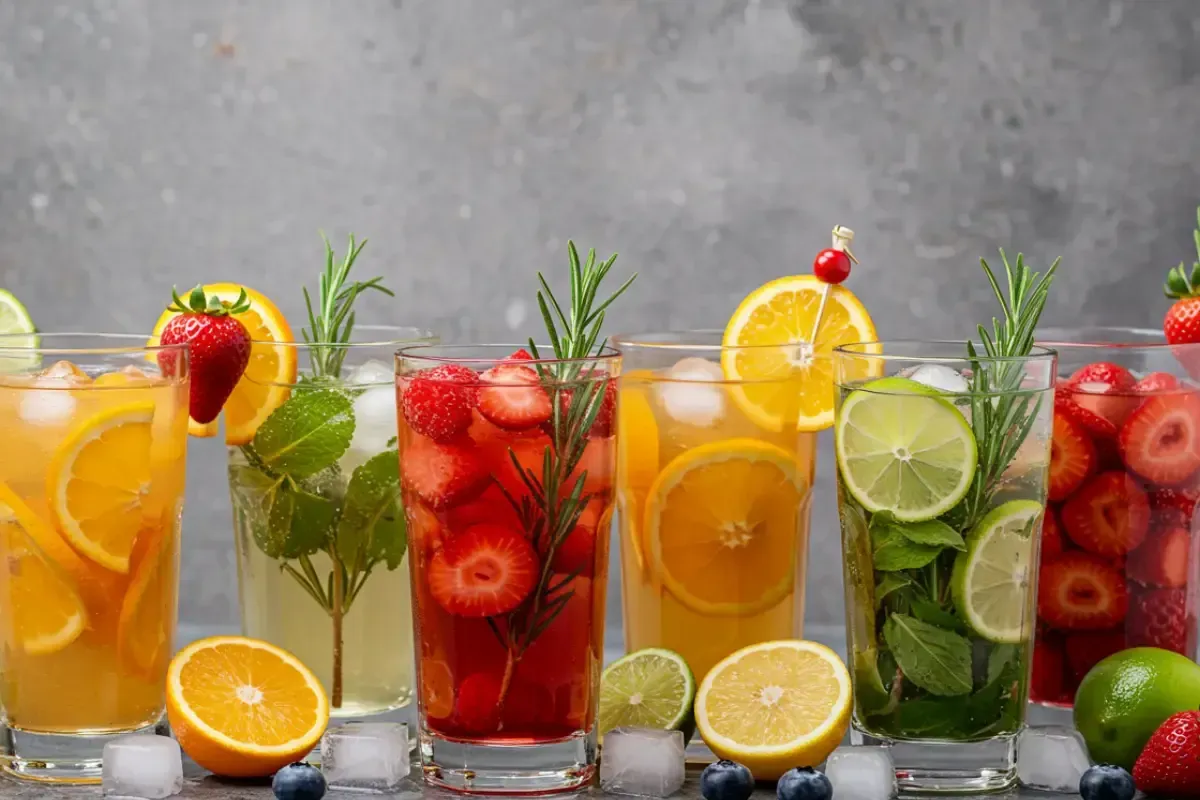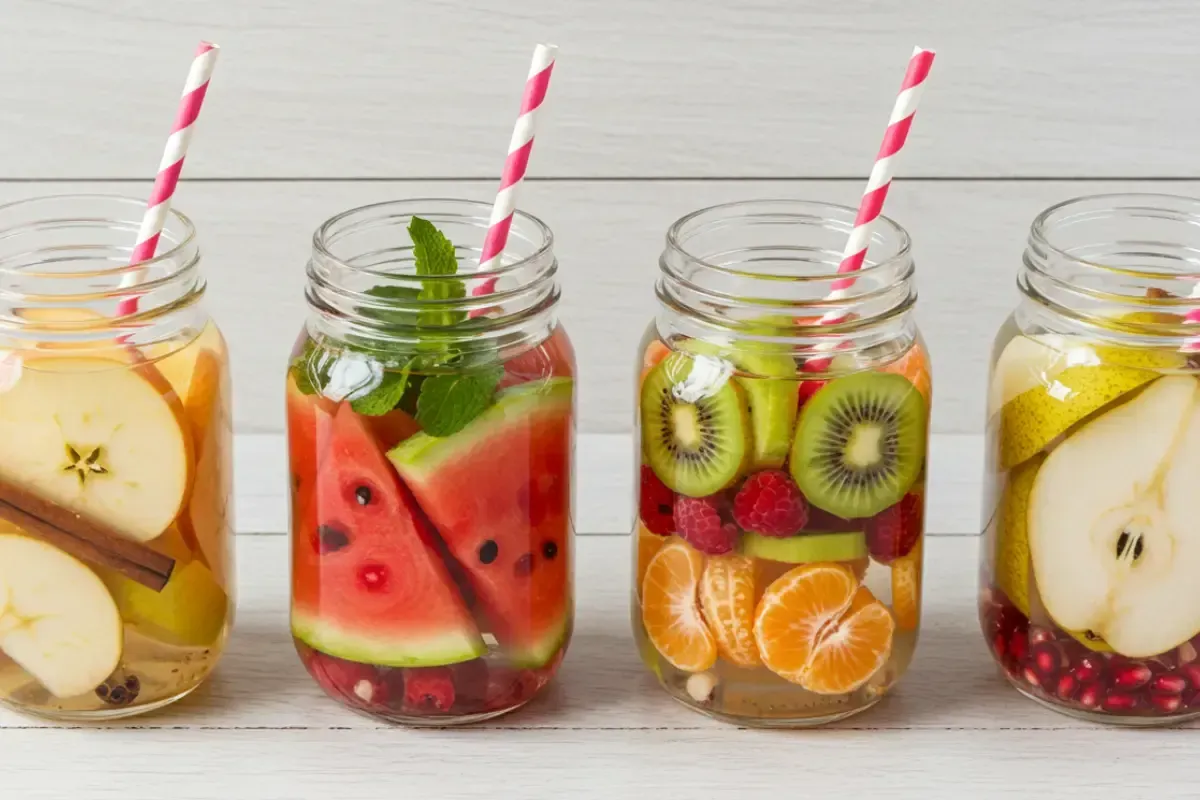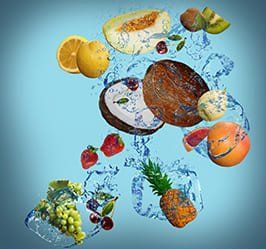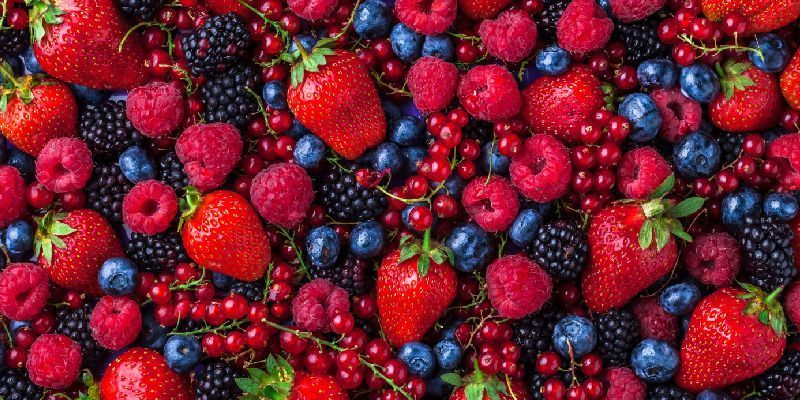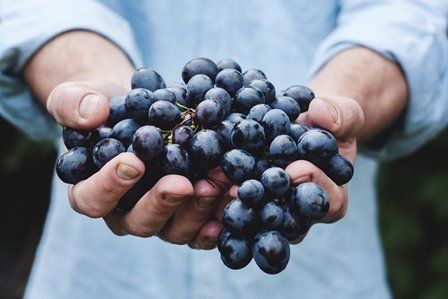Frozen fruits and how are they used in the food industry?
Alimentos SAS • Jun 16, 2021
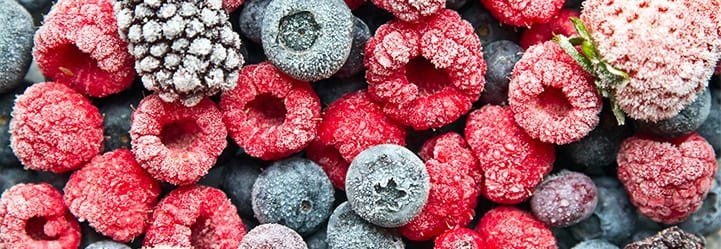
Frozen fruits include a wide range of fruits preserved in freezing processes. The fruits that are used must be clean, sound, very fresh, and ripe. These are used in many different types of food production. Industry users – mainly the baking, dairy, and ice cream industries – are coming up with innovative products using them as an ingredient.
What are consumers buying?
Growth and changes in the food industry market are largely driven by the consumer (Anon., 2020). Consumers love to eat frozen fruit in the form of smoothies, ice creams, sorbets, and other frozen desserts. Frozen dessert manufacturers are constantly inventing innovative flavors with all types of frozen fruits. Tropical fruits, for example, are becoming increasingly popular in sorbets and frozen desserts on sticks. Smoothies are gaining a reputation as a healthy breakfast treat.
What food industries make use of frozen fruits as an ingredient?
When frozen, they are used as an ingredient or raw material in various food industries:
- Beverages (juices, beers, smoothies, etc.)
- Ice creams
- Dairy products (yogurts, etc.)
- Jams and jellies
- Pastry fillings
- Ethnic foods (Some tropical frozen fruits are normally used to produce chutneys – for example, frozen mango, and guacamole – avocado.)
The production process of frozen fruits
Fruit is carefully selected and picked when it is adequately ripe. Fruits are then preserved by a freezing process. Before they are frozen, depending on the type of product, certain fruits undergo other processing in which the fruit is washed and peeled. It also involves grading, cutting, and blanching (the deactivation of enzyme activity).
Quick-freezing process
It is important that the freezing process, which goes from the surface, all the way to the center of the fruit, takes place speedily. In that way, the temperature at the center of the fruit must be at –18°C, when it reaches that number, the freezing process is complete.
Different forms of quick-frozen fruits
Here are the different ways and forms in which fruit is quick-frozen:
- Individually quick frozen or IQF
- It can also be crushed fruit
- Block frozen
- They can be cut into different shapes (dices, slices, chunks, etc.)
- A combination of various styles
- Juices, purees, and even concentrates, that are traded in frozen form (Anon., 2020).
How are frozen fruits stored and used by the various food industries
Frozen fruits should be stored at –18°C or lower. They are then thawed, sweetened, and heat treated. While thawing and subsequent heating, the fruit can go brown. In this case, it is necessary to add some color.
These fruits are becoming more and more popular, especially exotic tropical fruits and fruits that aren’t readily available all year round. They are also a convenient option for food industry users. There are so many options available these days when it comes to different types of fruits and ways in which they can be incorporated into the different food industries.
The relatively recent surge in health consciousness is also an important factor in the popularity of frozen fruits. People are becoming more aware of the nutrients available in various fruits. With globalization, exotic tropical fruits are also becoming more popular and easier to get hold of, in places that previously didn’t have access to them.
As you can see, we are only at the tip of the iceberg when it comes to the many uses of frozen fruits.

